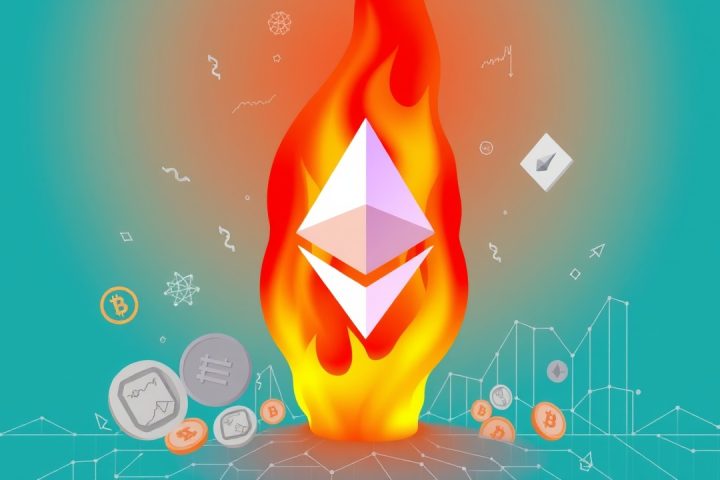Ethereum’s Gas Limit Increase
In recent developments, Ethereum is poised to further increase its Gas Limit from 36 million to 60 million, marking a significant step in enhancing the blockchain’s transaction processing capabilities.
Transaction Performance Improvements
Historically, many users have believed that Ethereum could only manage around 15 transactions per second (TPS), but ongoing optimizations have raised that figure to approximately 60 TPS—a fourfold improvement in performance.
The noteworthy increase in TPS is largely attributed to the systematic adjustments made to Ethereum’s Gas Limit, which determines the volume of gas that can be processed in each block. Gas, essentially the fuel for conducting transactions on the Ethereum network, comes at a fee. A higher Gas Limit permits a greater number of transactions within each block, thus enabling faster network operations. Unlike other blockchains, such as Bitcoin, which has a fixed block size, Ethereum allows for dynamic adjustments to the Gas Limit.This adaptability means Ethereum can upscale without necessitating a hard fork, as validators, through their Proof of Stake (PoS) system, can fine-tune the Gas Limit to achieve a more efficient transaction throughput.
Validator Support and Community Dynamics
To facilitate this increase, support must be demonstrated among validators, of which there are currently over 1 million within the Ethereum ecosystem. So far, around 15% of these validators have agreed to the raised limit of 60 million Gas. In this voluntary context, some nodes have opted to maintain the older limit of 30 million, indicating a divide within the community regarding the pace of expansion.
Economic Implications
The implications of an increased Gas Limit extend beyond merely increasing TPS—there are economic effects as well. With the recent implementation of Ethereum Improvement Proposal (EIP) 1559, the base transaction fee gets burned, resulting in validators depending solely on tips provided by users. With enhanced network efficiency resulting from a higher Gas Limit, the likelihood of transaction congestion diminishes, which could subsequently decrease the tips earned by validators, even as the rate of ETH being burned increases.
Future Proposals and Challenges
The Ethereum community has also suggested a rather ambitious proposal known as EIP-9698, which aims to elevate the Gas Limit to as high as 3.6 billion over the next four years, theoretically allowing Ethereum to rival Solana’s TPS capabilities by hitting around 2,000 TPS. However, many perceive this proposition as overly optimistic.
Technical assessments suggest that with the current decentralization—1 million validators compared to only hundreds on some faster chains—a drastic increase in Gas Limit may face practical challenges, especially before the network can efficiently handle such traffic.
Current Performance Analysis
Recent analyses indicate that even with the Gas Limit raised to 60 million, about 90% of blocks are still discovered within 10-16 milliseconds. However, the network needs approximately 66% of its nodes to receive full block data within four seconds for validation. Research has indicated that the effective theoretical maximum for the Gas Limit could hover around 150 million in the current setup, while a more radical expansion remains unlikely in the near horizon.
Nevertheless, if future modifications to the network’s architecture allow different node capacities—where bigger nodes process more substantial transactions—it may eventually pave the way for further scalability.
Conclusion
While detractors might joke about ETH Gas fees hitting new lows, these changes signify Ethereum’s trajectory toward a more efficient and user-friendly infrastructure.




